What are Ambulance
An ambulance is a specialized vehicle designed for rapid and safe transportation of patients who require immediate medical care. This critical emergency service caters to individuals facing life-threatening conditions, accidents, or illnesses that necessitate urgent attention from healthcare professionals. The core principle behind an ambulance is to provide a mobile medical environment that can stabilize and manage patients during transit to medical facilities.
Ambulances are equipped with various medical devices, such as defibrillators, oxygen tanks, ECG monitors, and a range of emergency medications, allowing paramedics and emergency medical technicians (EMTs) to administer life-saving treatments on-the-go. These vehicles are often customized with high-visibility markings and fitted with sirens and flashing lights to ensure swift passage through traffic during emergencies.
The operation of an ambulance involves a well-coordinated effort between the on-board medical team and external support such as dispatch centers and receiving hospitals. Communication systems within the ambulance enable constant contact, providing real-time updates on the patient's condition and ensuring the readiness of hospital staff upon arrival. This synergy is vital for delivering efficient pre-hospital care and ultimately improving patient outcomes.
Types of Ambulance
Ambulances come in various configurations to suit different emergency scenarios and patient needs:
Basic Life Support (BLS) Ambulance: This type of ambulance provides transportation for patients who do not require advanced medical intervention during transit. BLS ambulances are staffed by EMTs who can perform CPR, basic airway management, and monitor vital signs.
Advanced Life Support (ALS) Ambulance: ALS ambulances are equipped with sophisticated medical equipment and staffed by paramedics trained in advanced procedures such as IV therapy, administering medications, cardiac monitoring, and advanced airway management. They cater to patients needing more complex pre-hospital care.
Patient Transport Ambulance: Designed for non-emergency transport, these ambulances move patients between facilities, such as from a hospital to a rehabilitation center. They ensure comfortable and safe transport for those who may not be critically ill but still require medical supervision.
Neonatal Ambulance: Specifically designed for transporting premature or ill newborns, these ambulances are equipped with incubators and other specialized neonatal equipment. They ensure the safety and stability of the most vulnerable patients during transfer to neonatal intensive care units.
Air Ambulance: For rapid transport over long distances or to remote areas, air ambulances such as helicopters or fixed-wing aircraft are used. They are critical in time-sensitive situations or when ground travel is impractical.
How to choose Ambulance
Choosing the right ambulance is crucial for providing optimal patient care and ensuring the efficiency of emergency medical services. Here are some considerations businesses should keep in mind when selecting an ambulance:
Medical Equipment Needs: Depending on whether you require a BLS or ALS ambulance, the necessary on-board medical equipment will differ significantly. It's important to assess the level of care your operations demand before making a decision.
Vehicle Type: Consider whether you need a traditional ambulance for urban use, a patient transport vehicle for non-emergencies, a neonatal ambulance for infant transport, or an air ambulance to cover larger distances quickly.
Transmission Type: The choice between manual or automatic transmission can affect the driving experience in high-pressure situations. The decision may also be influenced by driver preference or regional availability of qualified drivers for each type.
Fuel Type: Diesel or gasoline engines offer different performance characteristics and operational costs. Fuel availability in your operating area could also influence this decision.
Emission Standards: Compliance with local emission standards such as Euro 5 or Euro 4 is essential for environmental considerations and legal operation within certain jurisdictions.
By recognizing these factors and leveraging Alibaba.com’s extensive selection capabilities that include various filters for material type, fuel type, emission standards, and more, businesses can pinpoint the ideal ambulance to meet their specific requirements.
Best Ambulance on Alibaba.com
Alibaba.com stands out as a global marketplace connecting businesses seeking wholesale emergency vehicles with a comprehensive network of reputable suppliers. With over two decades since its inception, Alibaba.com has established itself as a go-to platform where businesses can source ambulances that align perfectly with their operational needs. Whether it's for immediate purchase or customization based on unique requirements, Alibaba.com simplifies the procurement process by presenting an extensive array of options all in one place.
The platform’s intuitive interface enables buyers to easily navigate through listings that encompass various types of ambulances equipped with diverse features tailored to different emergencies. With options ranging from sturdy metal-bodied ambulances to sophisticated air ambulances fitted with the latest medical technology, Alibaba.com brings you closer to finding a solution that enhances your emergency response capabilities.
Moreover, Alibaba.com values trust and security in trade; hence it provides services like Trade Assurance that safeguards transactions until delivery fulfillment. Emphasizing customer satisfaction and aiming to foster long-term business relationships, Alibaba.com is instrumental in helping small and medium-sized enterprises scale their operations globally without compromising on quality or dependability.
Common FAQs for Ambulance
What types of ambulances are available for different emergency scenarios?
There are several types of ambulances designed for specific emergency scenarios, including Basic Life Support (BLS) Ambulances for non-critical transport, Advanced Life Support (ALS) Ambulances for more severe cases requiring advanced interventions, Patient Transport Ambulances for routine transfers, Neonatal Ambulances for infants, and Air Ambulances for rapid transport over long distances or to remote areas.
How do I determine which type of ambulance my business needs?
Assess the level of care your operations demand by considering whether you need basic life support features, advanced medical equipment for critical care, specialized neonatal facilities, or the capability to cover long distances quickly using air ambulances.
What should I look for in terms of medical equipment when selecting an ambulance?
Your choice of medical equipment should align with the type of services your ambulance will provide. For BLS units, basic life-saving tools might suffice, while ALS units require more advanced equipment such as cardiac monitors and IV pumps.
How does the choice of transmission type affect the functionality of an ambulance?
The transmission type can affect the driving experience and operational efficiency during emergencies. Manual transmissions may offer more control to seasoned drivers, while automatic transmissions can be easier to handle in high-stress situations.
Why is fuel type an important consideration when choosing an ambulance?
The fuel type impacts vehicle performance and operational costs. Additionally, regional availability and environmental regulations might dictate whether a diesel or gasoline engine is more suitable for your operation.
How do emission standards influence the purchase of an ambulance?
Emission standards are crucial for environmental compliance and legal operation. Ensure the ambulance you choose meets the local emission regulations to avoid legal issues and contribute to environmental conservation.
What factors should I consider regarding the interior space and design of an ambulance?
Consider the needs for space to accommodate medical equipment, patient comfort, and ease of movement for medical personnel. The design should promote efficient workflow and safety within the vehicle.
Can ambulances be customized to fit specific requirements?
Yes, ambulances can often be customized with various configurations and medical equipment to meet specific operational needs or preferences.
What are the typical seating materials used in ambulances, and why do they matter?
Seating materials such as leather are commonly used in ambulances due to their durability and ease of cleaning, which is essential for maintaining hygiene standards in a medical environment.
How can I ensure that the ambulance I purchase is durable and reliable?
Research suppliers' reputations, check vehicle specifications against industry standards, and consider vehicles with materials known for their durability like steel or aluminum alloy.

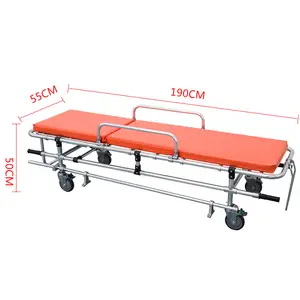











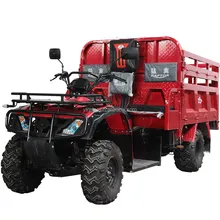



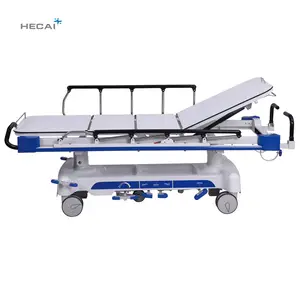


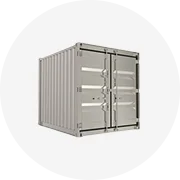
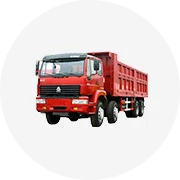
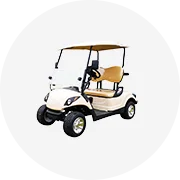
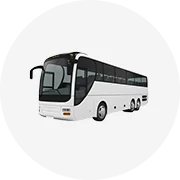
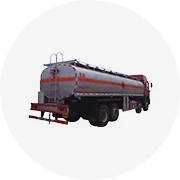

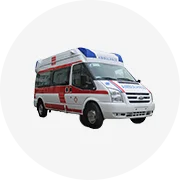
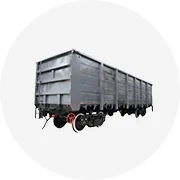
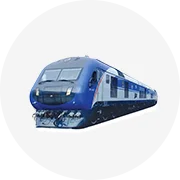
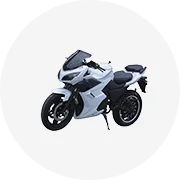
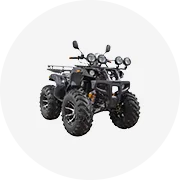

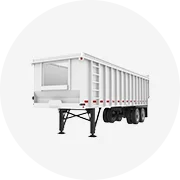
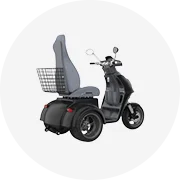








 浙公网安备 33010002000092号
浙公网安备 33010002000092号 浙B2-20120091-4
浙B2-20120091-4